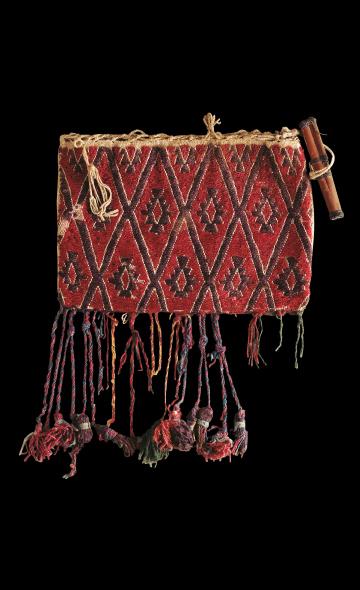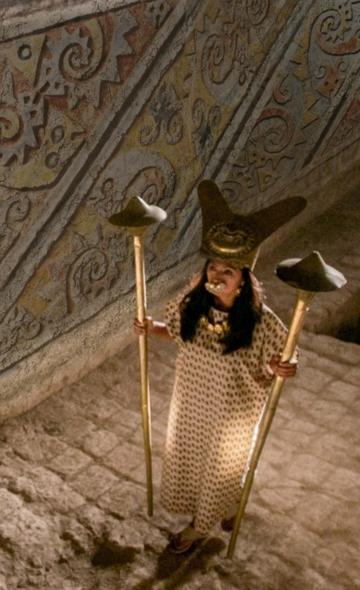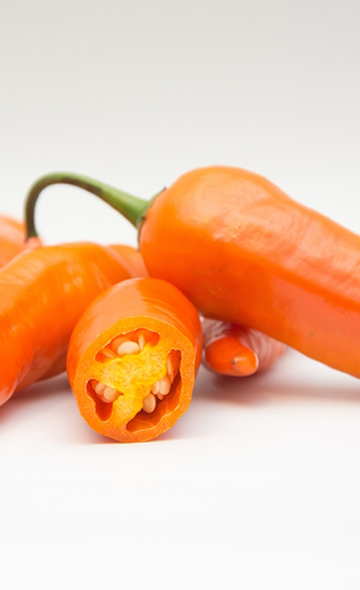- Visitors
- Researchers
- Students
- Community
- Information for the tourist
- Hours and fees
- How to get?
- Visitor Regulations
- Virtual tours
- Classic route
- Mystical route
- Specialized route
- Site museum
- Know the town
- Cultural Spaces
- Cao Museum
- Huaca Cao Viejo
- Huaca Prieta
- Huaca Cortada
- Ceremonial Well
- Walls
- Play at home
- Puzzle
- Trivia
- Memorize
- Crosswords
- Alphabet soup
- Crafts
- Pac-Man Moche
- Workshops and Inventory
- Micro-workshops
- Collections inventory
- News
- Students
- Textiles from the Colonial Era at the El Brujo Archaeological Complex
News
CategoriesSelect the category you want to see:
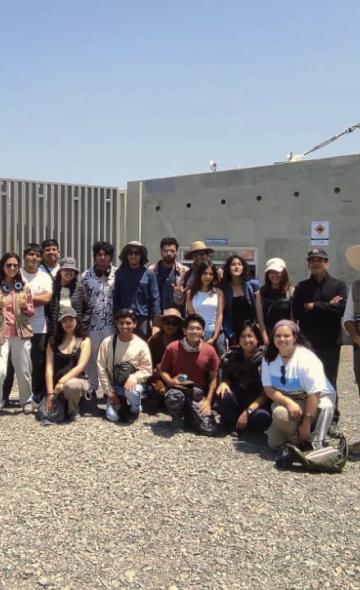
PUCP Archaeology Students Visit the El Brujo Archaeological Complex ...
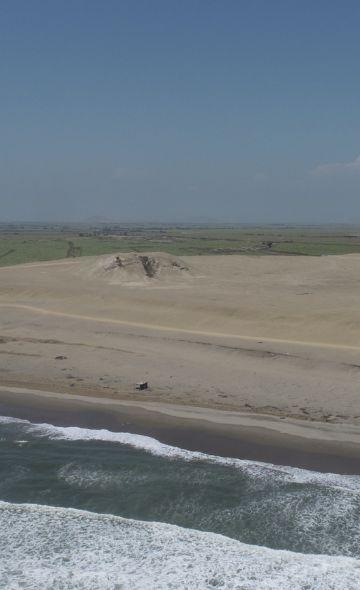
The Republican Settlements of El Brujo: Notes for the Recent History of Magdalena de Cao ...
To receive new news.
By: Complejo Arqueológico El Brujo
The El Brujo Archaeological Complex has not only had a pre-Hispanic occupation, but also Colonial and Republican ones. Due to this, excavations at the archaeological site have discovered different pieces that give testament to the people that settled in this place, including various textiles.
The textiles found at the archaeological site that are not exhibited at the site museum are stored and studied in the textile storage room at the complex. Although the pre-Hispanic pieces are the most abundant in this collection, there are also a significant number of Colonial textiles.
Through the Colonial textiles discovered at El Brujo, we can learn about the textile technologies that were used during this time period, as well as the materials and techniques employed, which were brought over by Europeans during their settlement of this place.
The Colonial textiles discovered at El Brujo show the differences between pre-Hispanic and European textiles.
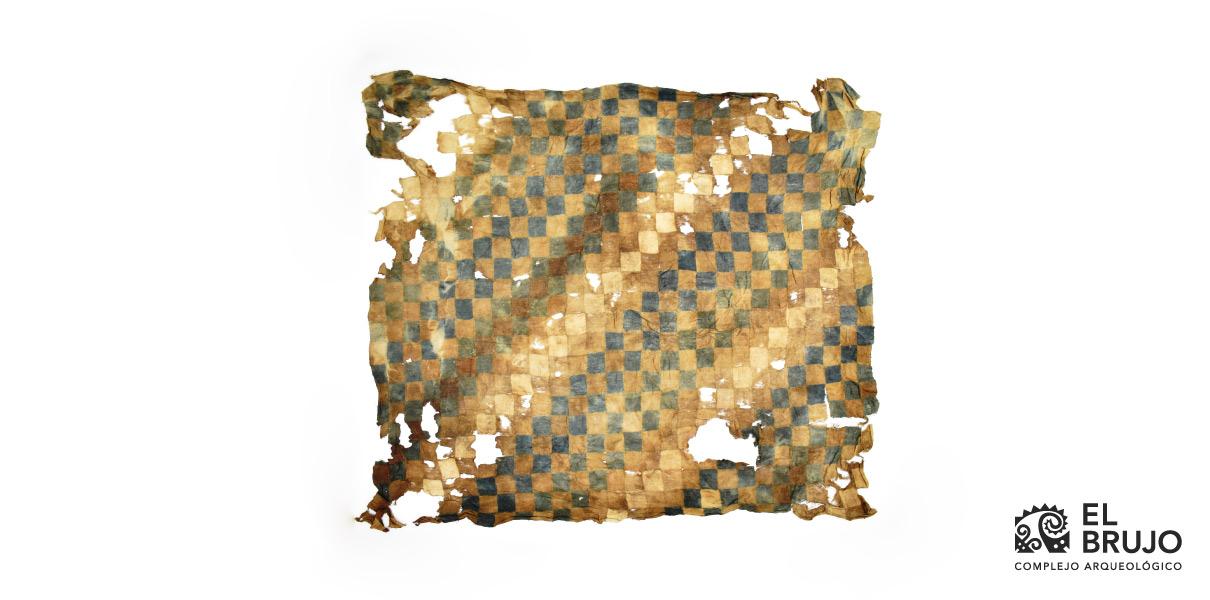
Image 2: Mantle, garment used to carry loads
A first feature that catches the eye, revealed by research done on the Colonial textile fibers discovered, is that they are different from those used by Native communities. This is because in Europe, there was already textile trading among the European continent, Asia, and Africa. Due to this, when the Spanish arrived in Peru, we see the use of fibers such as linen, silk, and sheep’s wool in their textiles, made using semi-industrial techniques.
On the other hand, in the case of ancient Peru, the fibers that were used principally came from camelids and cotton. Regarding the latter, even though Europe also used this plant fiber, the cotton harvested in the Andean region was of a different variety.
Linen, the textile fiber most used by the Europeans
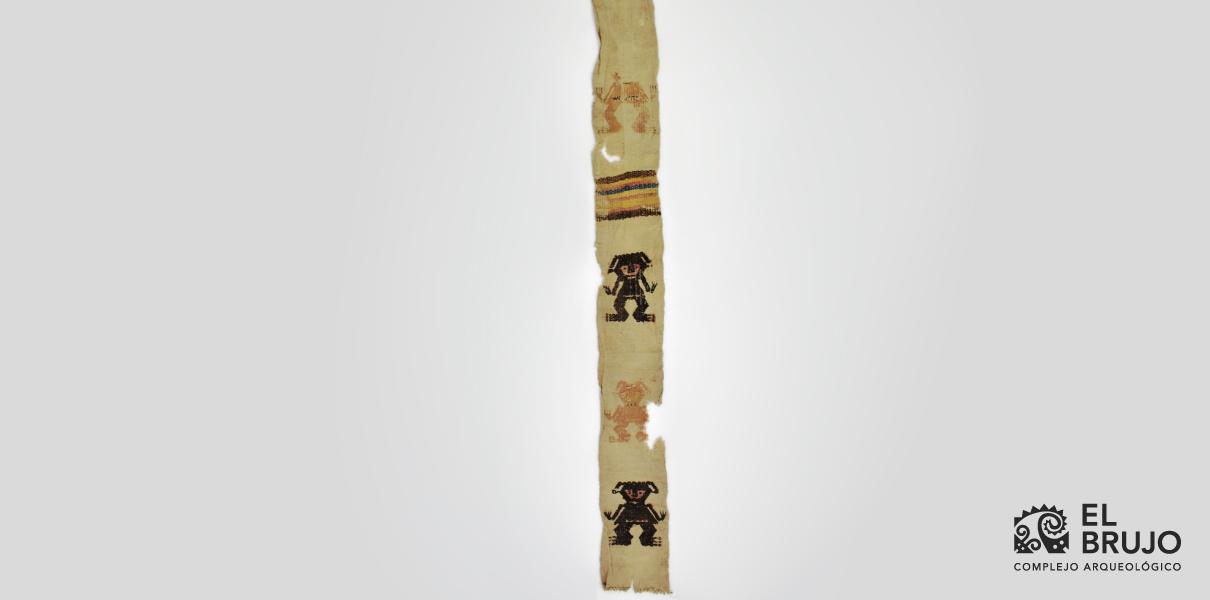
Image 3: Sashes were long textiles that generally were decorated and worn around the abdomen, serving primarily to cinch the garments to the body
The textile remains discovered at the El Brujo Archaeological Complex have allowed for the identification of linen as the predominant fiber in the textiles from the Colonial Era. Regarding the type of garments, the samples found correspond to sashes, kerchiefs, and fragments of other clothing.
Despite the preference for linen and European textiles (during that era), there is evidence that the Spanish acquired local fibers to manufacture their garments. Among the factors that may have influenced this decision are:
- The demands of the population
- The high costs of importation
The Spanish brought new structures and techniques to the New World
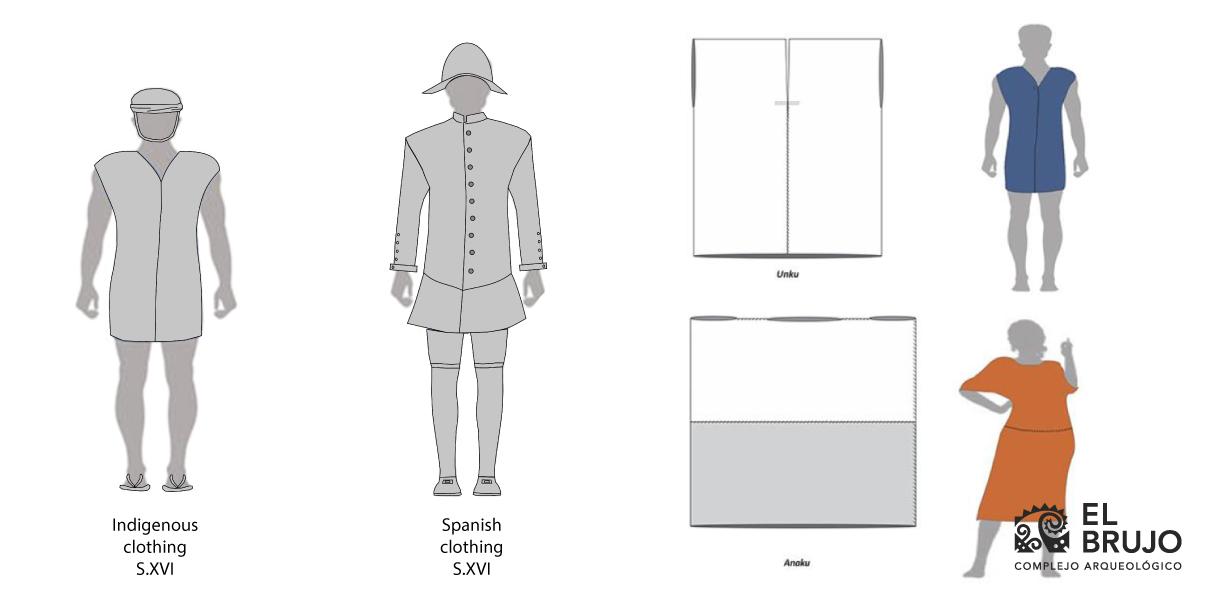
While the difference in textile fibers is a feature that stands out, another is the new techniques employed in the confection of garments, such as knitting, lace, and embroidery. The third, while already existing in the region, stands out due to its designs and characteristics.
Meanwhile, new tools for textiles began to be used, as is the case with knitting needles and scissors. Textile pieces for which these instruments were used have been discovered at El Brujo, without antecedents in pre-Hispanic cultures.
Among the new fabrics that the Spanish occupation brought, it is important to mention the appearance of felt, a material used to produce hats.
While there have been few Colonial textiles recovered from El Brujo, since the Colonial sector is found in an area exposed to the upwelling of the water table, it is important to note that the majority of the pieces found were made locally, which could be due to the small foreign population that settled in this place.
Students , outstanding news


